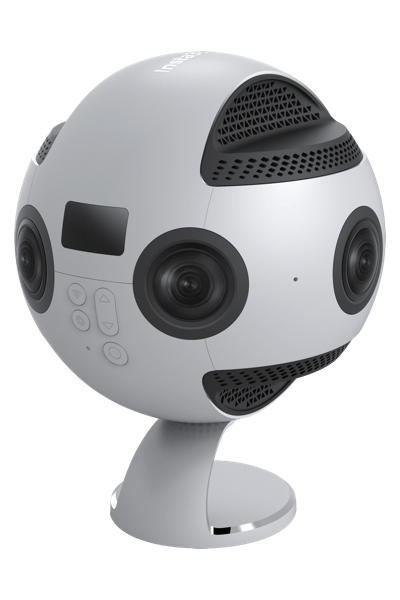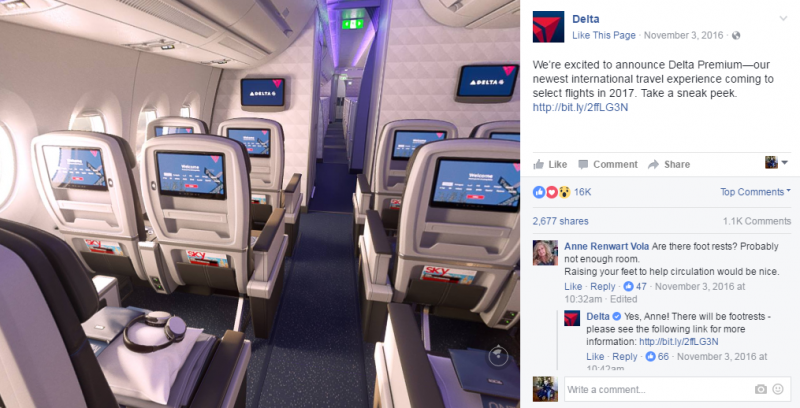Start Caring About VR And 360-Degree Video
At the International CES mega show in Las Vegas, virtual reality hardware makers moved the needle on both consumption and creation devices for formats like VR and 360-degree video. Specifically in the area of 360 video creation technology, we saw some impressive cameras at CES.

Insta360 Pro debuted an 8K camera (left) that can also shoot 4K video at 100 frames per second. Slow mo, high res VR, anyone? The Insta360 also employs new H.265 encoding, which can deliver better video quality at the same bitrate versus H.264 compression. The camera is priced at $3,000, which is steep, but much more competitive than the $60,000 Nokia Ozo.
Ricoh added to its lineup of cameras with the Theta R, which can livestream in 2K resolution at 30 frames per second for up to 24 hours.
At $800 the Vuze Camera will finally begin to ship in March. Its compact size and price point will be good for brands and businesses that want to dip their toes into new content
VR and 360 content can be a powerful tool for companies. For example, Delta used a 360 image to show off its new Delta Premium offering. It drove 2,700 shares and 16,000 engagements. Click on the post below to see it in 360.
The hardware for VR and 360 video is one piece, but the technical and production component is equally as important. When it comes to producing 360 video, remember:
- Resolution matters. Here’s how you need to think of 360 video. Imagine standing inside of a globe and looking straight ahead. You’re only consuming about a quarter of what is happening all around you. If the camera produces video at full HD, then what you’re seeing is below standard definition (SD). The higher the native resolution, the higher the fidelity of the 360 experience. That’s why cameras that produce in 2K, 4K, and 8K will be so important.
- Editing content requires new templates. When you edit 360 video, you edit the equirectangular format of it, which is analogous to the Mercator projection of a globe. That means the size and placement of text will be very important. If you put text at the top of the screen, then it will wrap around the “north pole” when it becomes 360. Experiment with text size and placement and then save it as a template to return to for future projects.
- Don’t obsess over VR headsets for delivery. Both Facebook and YouTube support 360-degree video and a variety of online video platforms do as well. The equirectangular video is simply injected with a bit of code that allows the video player to interpret the video as 360-degree content. We know that VR headsets are poised to grow and cheaper options will democratize them, but in the meantime, you have options available through Facebook, YouTube, and enterprise OVPs.
Did any of the CES announcements entice you to explore VR and 360-degree video? Comment below or find me on Twitter.

